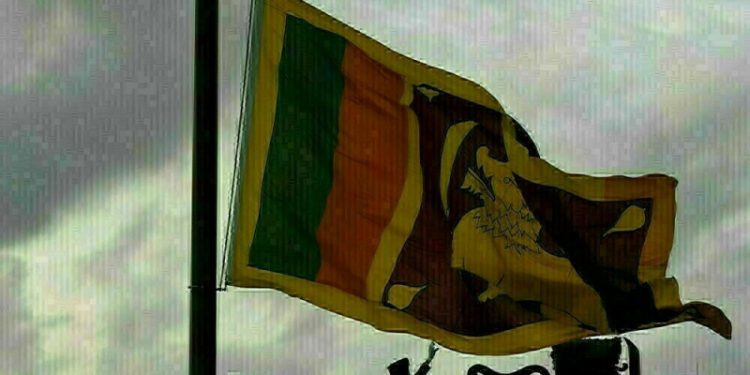Sri Lanka’s economy grew 5.5% year-on-year in the third quarter, official data showed on Tuesday as the country posted a strong rebound from its worst financial crisis in decades.
Sri Lanka’s agriculture sector grew 3% in July-September from a year earlier, industrial output expanded by 10.8% and services grew by 2.6%, Sri Lanka’s Census and Statistics Department said in a statement.
Struck by a severe dollar shortfall, the economy went into freefall in 2022, contracting 7.3% as it grappled with soaring inflation, a sharply weaker currency and a historic foreign debt default. The economy shrank 2.3% last year.
But it has been steadily recovering after securing a $2.9 billion four-year bailout from the International Monetary Fund (IMF) in March last year, which new President Anura Kumara Dissanayake, has pledged to take forward.
Sri Lanka’s bondholders sign off on $12.55bn debt overhaul
“The budget that we expect in February 2025 would be the key catalyst to ensure the smooth continuation of reforms, and would be what’s markets watch closely in order to gain confidence in the sustainability of the recovery,” said Raynal Wickremeratne, co-head of research at Softlogic Stockbrokers.
Sri Lanka is on track to reach 4.5%-5% growth after a gap of two years, the central bank said last month after revising up its initial forecast of 3% for 2024.
Reductions in power tariffs and fuel prices as well as an appreciating rupee have helped to reduce inflation to the lowest point in nine years, falling to minus 2.1% in November.
Taking advantage of low inflation, Sri Lanka’s central bank set a new single policy rate of 8% last month, easing monetary settings below previously used benchmarks and setting the stage for a sustained recovery from the crisis.
Sri Lanka’s bondholders signed off on the government’s proposal to restructure its $12.55 billion of international bonds, a key step in finalising the debt overhaul.









